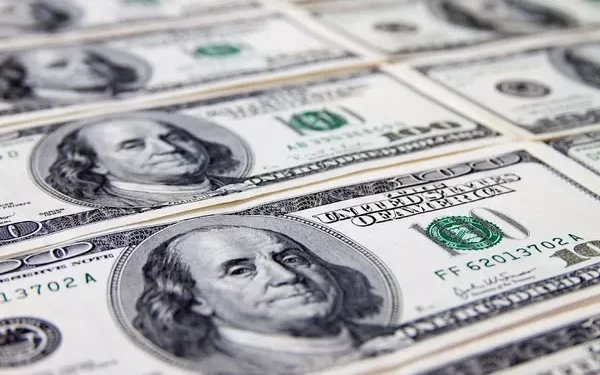Currency denominations play a vital role in the financial system, facilitating transactions and representing the value of goods and services. While most people are familiar with common denominations such as $1, $5, $20, and $100 bills, the existence of higher-value denominations, like the $500 bill, is often shrouded in mystery. This article delves into the history, current status, and potential reasons behind the scarcity of the $500 bill in circulation today.
Historical Background
Creation and Circulation
The $500 bill was first introduced in the United States in the late 19th century, as part of the Gold Certificate series. Its primary purpose was to facilitate large transactions between banks and institutions, rather than everyday use by the general public. The bills featured prominent figures such as President William McKinley and the allegorical figure of America.
Demise and Withdrawal
Despite its initial circulation, the $500 bill gradually fell out of favor and ceased production in 1945. A combination of factors, including concerns over counterfeiting, illegal activities, and the evolution of digital financial systems, contributed to its demise. In 1969, the Federal Reserve officially announced the discontinuation of the $500 bill, alongside higher denominations like the $1,000, $5,000, and $10,000 bills.
Current Status and Circulation
Legal Tender
Despite its discontinuation, the $500 bill remains legal tender in the United States. This means that individuals can still use and spend $500 bills if they possess them. However, due to their scarcity and the lack of circulation, it is highly unlikely that the average person will come across one in their day-to-day transactions.
Collectors and Numismatists
The $500 bill has become a sought-after item among collectors and numismatists. Due to its historical significance and limited availability, the bill holds considerable value as a collectible item. Rare specimens in pristine condition can command significant premiums in the collector’s market, well beyond their face value.
Federal Reserve Holdings
While the $500 bill may be rarely seen in circulation, it is worth noting that some $500 bills remain in the possession of the Federal Reserve. These bills are primarily held for historical purposes, research, and public exhibitions, contributing to the preservation of monetary history.
Reasons for Scarcity
Counterfeiting Concerns
The high denomination of the $500 bill made it an attractive target for counterfeiters. As advancements in printing technology made counterfeiting increasingly sophisticated, the risk associated with higher-value denominations became a significant concern for authorities. The discontinuation of the $500 bill was one measure taken to combat counterfeiting activities.
Shift toward Digital Transactions
The rise of digital payment systems, credit cards, and electronic fund transfers has reduced the reliance on physical cash in everyday transactions. This shift has further diminished the need for high-value denominations like the $500 bill, as electronic means offer faster, more convenient, and traceable alternatives for large transactions.
Anti-Money Laundering Measures
The $500 bill’s association with illicit activities, such as money laundering and tax evasion, has also played a role in its scarcity. Governments and regulatory bodies have implemented stricter anti-money laundering regulations, requiring greater transparency in financial transactions. Higher-value denominations are seen as potentially facilitating anonymous or untraceable transactions, prompting their discontinuation.
Conclusion
The $500 bill stands as a relic from a bygone era when high-value denominations played a more significant role in facilitating large transactions. While it remains legal tender, the scarcity of the $500 bill in circulation is due to a combination of factors, including concerns over counterfeiting, the shift toward digital transactions, and increased scrutiny on money laundering. Today, the $500 bill primarily holds value as a collector’s item, sought after by numismatists and those interested in monetary history.
Related Topics:


























